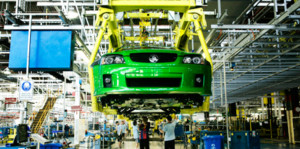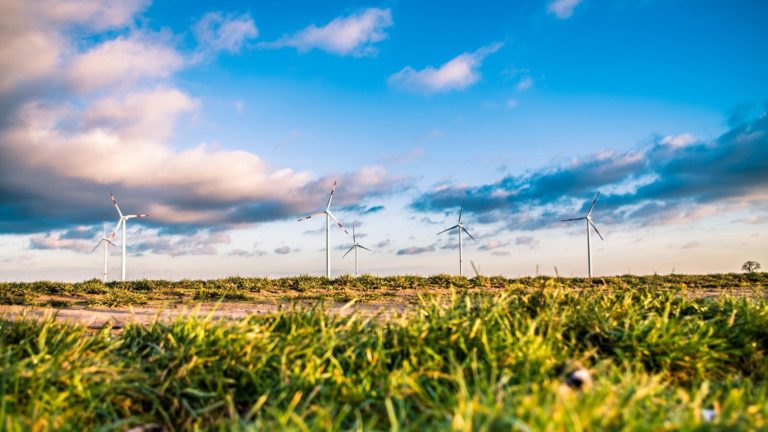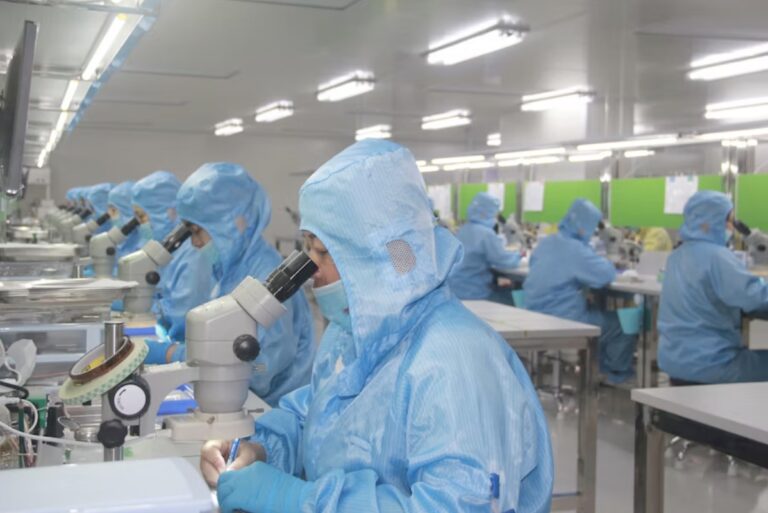In recent years, China’s economy has developed rapidly, accompanied by the increasingly serious environmental pollution. PM2.5 become the focus of public attention to air indicators. The tail gas of the fuel vehicle is also an important factor causing the pollution. In order to improve the environment, the use of green technology of electric or hybrid power has become the new trend of industrial development. In the field of civilian vehicles, hybrid and electric vehicle develop too fast, which have also been seen in the field of large passenger cars. The people’s demand and the construction of the government policy make this industry a good asset for investment value.
Market situation of the Green Technology in China
China’s new energy vehicles experience from the cultivation period in the beginning of 2009 to the present which has entered the growth phase. Last year, the scale of production and sales have exceeded about 300000 units, showing a rapid growth trend year after year. On march 13,2016, the Minister of Industry and Information technology Miao Wei said at the Great Hall that the new energy vehicles in China have entered a period of growth with the industry development showing a trend of rapid growth, which is expected to usher in an increase of more than doubled in 2016. Miao Wei said that the new energy vehicles represent an important direction of industrial structure adjustment of the automobile industry. More and more companies and products will be involved in the market competition of new energy vehicles, national policy has been encouraging the development of new energy vehicles.
According to the China Automobile Association statistics, In January 2016 to February, the domestic new energy vehicles production is 37937 and the sales are 35726, at an increase of 1.7 times over the same period last year. Among them, the pure electric car sales were to 27850 cars and 24835 cars, increased 2.6 and 2.7 times over the same period over the previous year; plug-in hybrid car sales were completed 10087 cars and 10891 vehicles, rose by 60.1% and 68.5% over the same period respectively.
According to the passenger’s association, in January 2016, the sales of electric hybrid cars from BYD are 4012 vehicles, topped the domestic new energy car sales. It accounted for approximately 30% of the domestic new energy vehicle sales (overall 13748 cars) and accounted for up to 67% in plug-in electric hybrid vehicles ( total sales 5966 cars).
Market Demand for New Energy Vehicle
 The latest release of “New Energy Automobile Consumption Situation and Trend Analysis Report” shows that in Beijing, Shanghai, Guangzhou, and Shenzhen, 56.5% of consumers are likely to clear the purchase of new energy vehicles. This means that the future of new energy vehicles is not lack of consumers, but the activation of potential market demand.
The latest release of “New Energy Automobile Consumption Situation and Trend Analysis Report” shows that in Beijing, Shanghai, Guangzhou, and Shenzhen, 56.5% of consumers are likely to clear the purchase of new energy vehicles. This means that the future of new energy vehicles is not lack of consumers, but the activation of potential market demand.
Some citizen from the big city like Beijing and Shanghai buy electric cars because of the extremely low successful rate in car plate lottery in a long time. Environmentalists are also the main force of new energy vehicle consumption. New energy vehicles are not only environmental protection and energy saving, but also help buyer and manufacturers to save more money. Here is an example. The battery capacity of BAIC E150EV is 25.6 kilowatt-hours. The general city traffic mileage is about 160 kilometers and 100 kilometers takes about 15-kilowatt hours of electricity. In accordance with the commercial electricity price of 0.88 yuan / kWh, driving for 100 kilometers costs about 13 yuan. If it is a car with 1.5L petrol vehicles and the fuel consumption of 6 liters per 100 km, the oil fee is about 38 yuan (calculated according to the price 6.32 yuan / liter of 92 gasoline in the Beijing area) whereas the electric car traveling 100 kilometers will, at least, save nearly 32 yuan.
Green Technology in China: In need for Improvement
Although the market potential is tremendous with sufficient market demand, there are still two major obstacles to be overcome when it refers to the conversion from the potential purchase intention into visible consumption.
The first obstacle is the inconvenient battery charging. Data show that as of 2014, there are nearly 120 thousand new energy cars in China, but the charging pile is only 3 000. If the charge is not convenient, consumers would prefer those with long battery life as possible, even up to 500km, which is a challenge for automotive manufacturing enterprises. If the charging facilities were well built, drivers can find a place to charge within 200km, the car then does not have to configure too many batteries, manufacturers will also reduce the burden. Therefore, the construction of charging piles should be moderately ahead with the introduction of market competition mechanism to make the price lower, which provides with a lot of investment opportunities.
Another obstacle is the lack of car types abundance. Currently, there are only fourteen new energy cars which can enjoy the policy of separate lottery and municipal finance subsidy in Beijing. Compared with hundreds of thousands of fuel cars, the choice of new energy cars is indeed limited. New energy vehicle enterprises also need to develop more qualitative products around the market demand.
Follow us on Twitter or contact us at dx@daxueconsulting.com to know more about China’s market.




